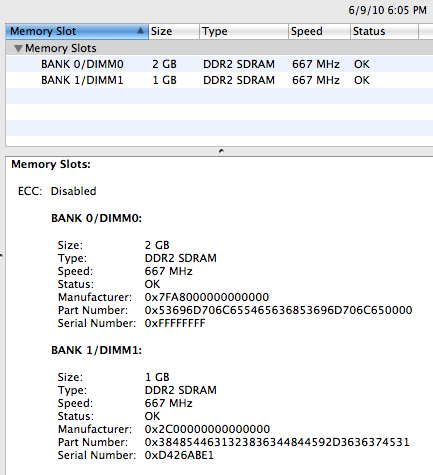I’m currently taking the “Algorithms I” course on Coursera, a session of which started on January 22nd. I thought I’d write up my impressions so far on taking my first MOOC.
As someone who taught at a university for seven years in the humanities, I should say right off the bat that I dislike the idea of online learning for the reasons you might expect. But this course appealed to me for a few reasons. It’s developed and taught by Robert Sedgewick and Kevin Wayne, the authors of the highly regarded Algorithms, 4th Edition book. The syllabi of the two-course sequence on Coursera would make for the type of semester-length course you’d find in a respectable Computer Science department. Finally, Coursera has a reputation for offering more rigorous and demanding courses than other similar MOOC sites.
So far, I’m keeping up with the schedule and am in the middle of the Week 2 material. I’ve found it to be a positive experience so far, and more challenging than I’d expected!
Some initial impressions:
- The course is a serious time commitment. Per week, it’s 2 hours of lecture + 2 hours for exercises + 4-12 hours for the programming assignment. I’ve chosen to skip the “interview questions” supplementary material.
- Assignment grading is, thus far, very rigorous. Submitted source code is analyzed and run through a battery of tests measuring not only correctness, but code cleanliness, run times, and memory use, and scored accordingly.
- The ability to submit exercises and assignments as many times as you like in order to improve your grade score is a fantastic feature. (I don’t know if all Coursera courses work this way.) It means you can really learn from your mistakes by correcting them; also, it gives you the chance to try out alternative solutions. This is WAY better than the traditional one-shot-only model of graded assignments, which is terrible for actual learning.
- Basing the course on a published textbook (which is optional) is extremely helpful. There’s material covered more deeply in the text than in the lectures, but the lectures also address some aspects of topics and problems not covered in the book. This makes for a strong complementary relationship between the two; it doesn’t feel like the lectures are simply repeating the textbook.
- You’re firmly expected to have some basic programming skills and a bit of math as a prerequisite. I like that the lectures keep the focus on the topics at hand, and don’t try to make the course all things to all people. If students need to “catch up” because they’re new to Java or their math is rusty, they use the discussion forums to do so.
As for the actual material, I’ve already learned a lot so far:
- I’ve gotten some exposure to formal methods for algorithm analysis. A week and a half obviously isn’t going to make anyone great at this, but at least I now have some approaches for thinking through correctness, run times, and memory use mathematically, whereas before, I would mostly work empirically.
- I can better identify different orders of growth and some of the common code patterns that indicate them.
- The first week’s case study of different algorithms for Union-Find was, for me, a thought-provoking exercise in what is possible with arrays vs trees in representing relationships among data. The programming assignment is so stringent that it’s difficult to satisfy all the run time and memory requirements for a perfect score. This has generated a lot of insightful discussion in the forums about optimization.
Algorithms really get at the essence of what programming is. Anyone who works as a programmer has to put into practice algorithmic thinking to some degree, even if they aren’t aware of it.
I plan to continue writing about this as a way to keep me accountable for completing the two-course sequence.
